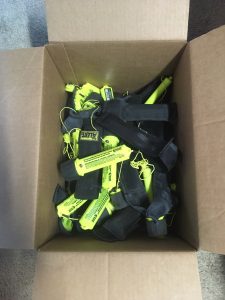Man-Overboard Protection

Man Overboard – Are AIS SARTS the Best MOB Devices?
Man Overboard – Are AIS SARTS the Best MOB Devices? was an article written on…

Cost of a Man-Overboard Alarm System
Emerald Marine Products has been protecting employees working on or near water for over twenty…

Marine Terminals Need Fall Overboard Alerting
Used by scores of Marine Terminals across the United States, The ALERT Man-Overboard Alarm System…

Commercial Fisherman Need a Man-Overboard Alerting Device
Lore and TV Shows showcase the danger involved in making a living as a commercial…

When Deckhands or Shore-Side Workers go Missing
We are not addressing work stoppage, strikes or just plain no-show incidents. We are addressing…
Three Missing After Towing Vessels Collide
Our thoughts and prayers go out to the victims and survivors and their families of…

Are App-Based Alarms Reliable for Man-Overboard Rescue?
Fall overboard (FOB) occurrences are much more common than we would like to believe. A…

Confusion About Man Overboard Alerting Devices?
MSLD, EPIRBs, Personal Locator Beacons, are all search terms that define a device to alert…

United States Coast Guard Issues Safety Alert Reassessing Man-Overboard Risks
On April 24th, The United States Coast Guard released a Safety Alert reassessing man-overboard risks…

Best Man Overboard System Isn’t Just for Falling Overboard
From the Center for Maritime Safety and Health Studies comes this startling statistic; “Workers at…
